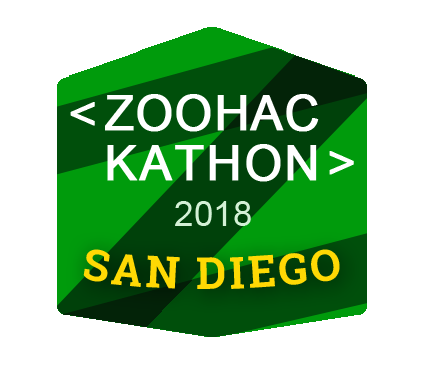Contribution Chain
The Problem
Throughout the 20th century we saw a move towards a de-contextualization of wildlife that has separated it from its place and its contribution role to the larger ecosystem. In particular, the spread of a 'food-chain' paradigm (which might as well be called an eradication hierarchy) has led to wildlife seen as "useful" only in their carcass state: as food or raw material for some x-ulterior end. We seek to address this problem by targeting teachers (formal and informal) as messengers to anchor a paradigm shift to a contextualized understanding of wildlife. We do this by targeting the concept of "food-chains" for extinction and replacing it with a contextualized paradigm of contribution-chains. We seek to transform the self-concept of both those closest to wildlife (indigenous communities, wildlife preserve workers, etc) from enablers or bystanders in wildlife trafficking to communities cemented around core notions of wildlife managers, protectors and inseparably linked to wildlife in an ecosystem to which all members contribute and benefit from. See themselves as invested members with hide to lose in extinction and life to gain in partnership with sustainable management of land, wildlife, and shared resources. Lastly, because a stated aspect of the problem was translating highly technical data by experts to laymen, we aim to have a simple, portable, light weight web or app that is low or no cost, and simple to use by anyone deployed anywhere.
Our Proposal
We seek to tackle this problem by actualizing the new paradigm of Contribution Chains via Visualization tools which will reduce demand for poached wildlife products, while creating awareness, and educating consumers about alternatives and ecosystem-wide effects of wildlife trafficking. The visualization can be generated through a simple website that has a built in repertory of animals (from the most notorious extinction poster-animals to unknown or so-called "silent extinction" affected animals.) This website also has the ability to allow user input to create visualization of animals not in the database or to use statistics that differ from those in the existing database. The images can be used live, or can be printed to use offline or to be added to other existing materials. The visualization creates images that showcase Contributions that wildlife make to the larger-ecosystem and how their absence shifts a contributional need to other actors within the ecosystem, that is a chain of contribution dependencies --not based on who is food to whom, not based on attributional rights to the 'top predator', but based on the contributions to the ecosystem that all members effect.
We Assume that...
Sufficient internet to allow for rendering of images.
Data is continuously updated by users to be kept up to date.
Upscalable to connect with large datasets.
Constraints to Overcome
Paradigm Shift
Current Work
Develop the website
